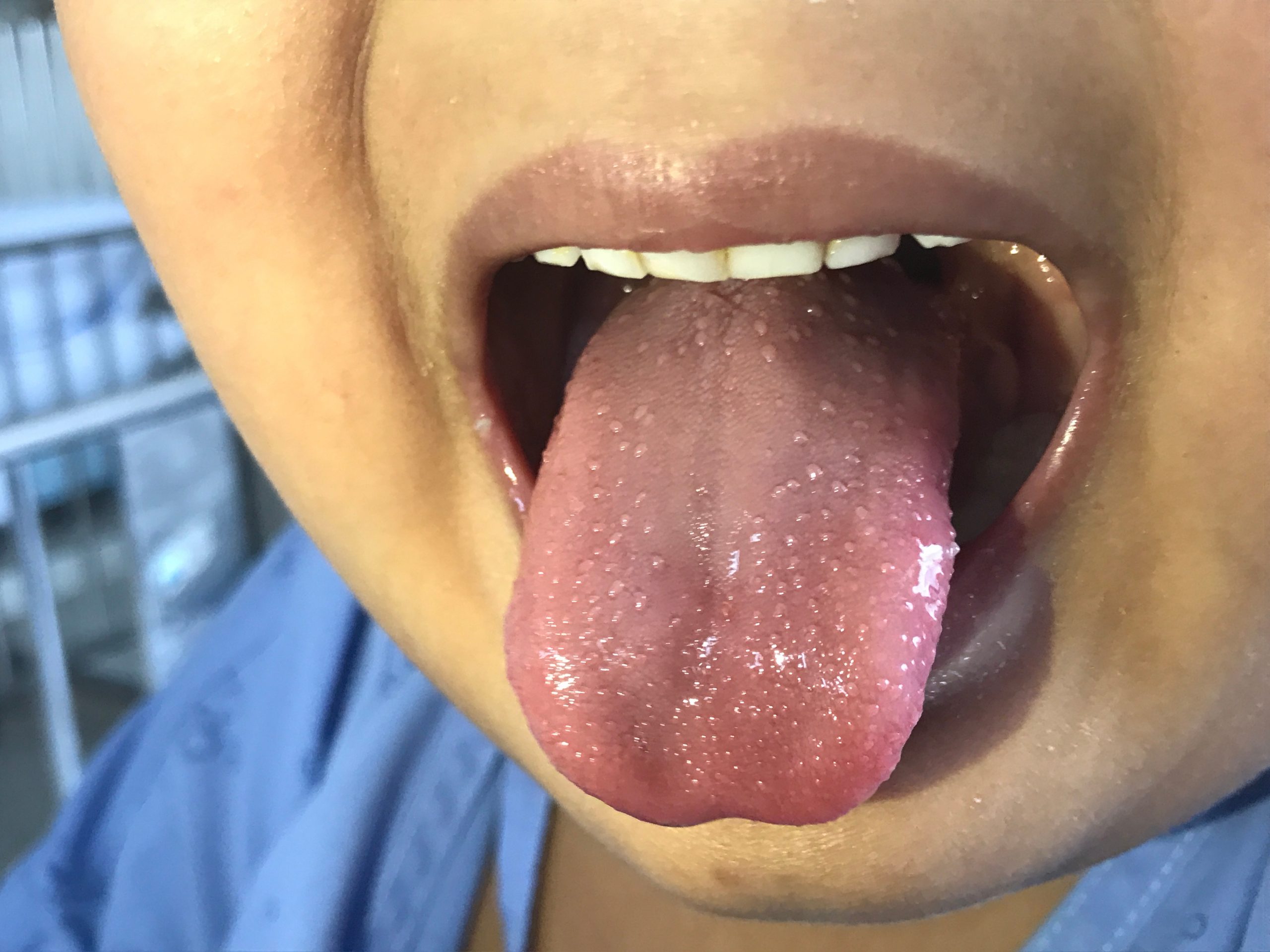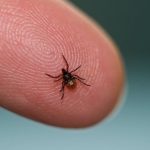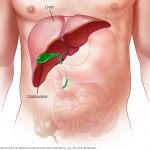What Are The Symptoms of Kawasaki Disease?
The symptoms of Kawasaki disease occur rapidly and worsen in three distinct phases.

First Phase
Signs and symptoms in the first phase include:
• Sudden onset of a high fever (around 102.2 degrees F/39 degrees C) that lasts longer than three days; will continue to rise and fall for up to three weeks
• Irritability
• Red, bloodshot eyes (conjunctival infection) but without discharge
• Rashes over the torso and on the genitalia – looks like spotting or masses of merging spots; different than a pox
• Red, cracked and chapped lips
• Swollen tongue – often referred to as “strawberry tongue”
• Swollen lymph nodes
Second Phase
Signs and symptoms in the second phase include:
• Abdominal pain
• Vomiting
• Diarrhea
• Joint pain
• Skin peels on the hands, feet, and often in larger sheets, starting at the tips of the fingers and toes (usually around the third week)
• The hands and feet may swell
• Chance of a stiff neck
Because of the tender hands and feet, as well as pain, the child may refuse to move or walk.
Third Phase
In the third phase, the symptoms should start to lessen. Joint pain and abdominal pain will continue but be less severe. Overtime, as the fever begins to subside, the rash, bloodshot eyes, and the swollen lymph nodes throughout the body will start to vanish. There may still be some inflammation in the hips, knees, and ankles.
Kawasaki disease can take up to eight weeks to disappear entirely. Sometimes, long after the disease has been healed, there will be transverse depressions or lines left on the fingernails and toenails. It may take months for the lines to vanish. Hair loss can also occur, and the child may experience flares of eczema or psoriasis. These often are severe and may require immediate treatment.
More from Things Health
-
Understanding Crohn's Disease
Crohn's Disease is an Inflammatory Bowel Disease commonly referred to as IBD. Inflammatory Bowel Disease consists of several disorders, the primary two are Crohn's Disease…
-
Lyme Disease Symptoms
Experts are suggesting that 2017 will be a bad year for ticks. Lyme disorder is propagated by deer ticks and is the result of a…
-
Celiac Disease Diet: 9 Gluten-Free Grains to Try
In recent years, everything from bagels to haircuts have been advertised as being “gluten free.” When the trend first started, many joked about the fact…
-
Fatty Liver Disease
Non-alcoholic fatty liver disease is among the most typical causes of chronic liver disease. Studies suggest that though simple fatty liver is a condition benign,…
-
5 Warning Signs of Inflammatory Disease
Inflammation is an incredible bodily process. It helps to defend us against bacterial infections, viruses and other intruders. The acquired immune system develops to understand…






